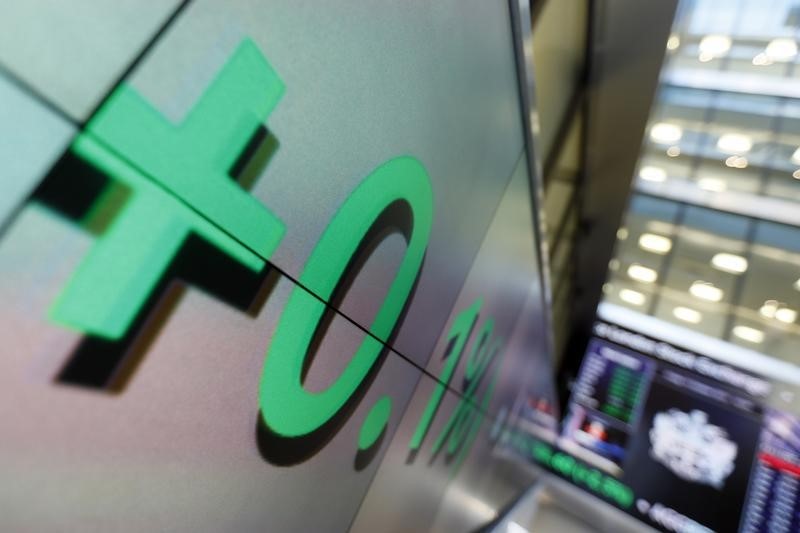Investing.com’s stocks of the week
Investing.com -- Goldman Sachs analysts project modest returns for the STOXX Europe 600 index in 2025, forecasting a 4% price return and a 7% total return, including dividends.
This outlook corresponds to a target price of 530 for the index, up from its current level of 511.
The cautious optimism is underpinned by a 3% anticipated earnings-per-share growth rate for European equities next year, which is tempered by several limiting factors.
The analysts highlight that corporate profit margins are already at elevated levels, leaving limited room for further expansion.
Additionally, the lack of upward momentum in commodity prices serves as a headwind, as resource-focused firms constitute a significant portion of the region's earnings.
A declining rate environment further adds to the challenges, particularly for banks, which have benefited from higher rates in recent years.
In terms of valuation, European stocks trade at an average price-to-earnings ratio of 13.1x, which is reasonable by historical standards but remains sharply discounted compared to U.S. equities.
Goldman Sachs analysts argue that this discount could potentially attract more interest from international investors, especially given the strong U.S. dollar and Europe's relative affordability.
Economic conditions in Europe, characterized by subdued growth and weak domestic currencies, are also not expected to offer much support.
A falling euro, while theoretically advantageous for exporters, is often associated with heightened risks and diminished growth prospects for the region.
In contrast, European companies with exposure to the U.S. market are seen as better-positioned to benefit from a robust dollar and healthier American economic growth.
Sectorally, defensive stocks, such as healthcare, telecoms, and renewable energy, are favored in the current environment of low growth and declining inflation.
Meanwhile, cyclical stocks, although not cheap by historical standards, could still offer selective opportunities in areas like technology and financial services.
Goldman Sachs identifies the resolution of geopolitical and policy uncertainties, such as a peaceful end to the conflict in Ukraine or a reduction in inflation and interest rates, as potential catalysts for improving valuations in the European market.
However, without such developments, returns are likely to remain constrained in the year ahead.
